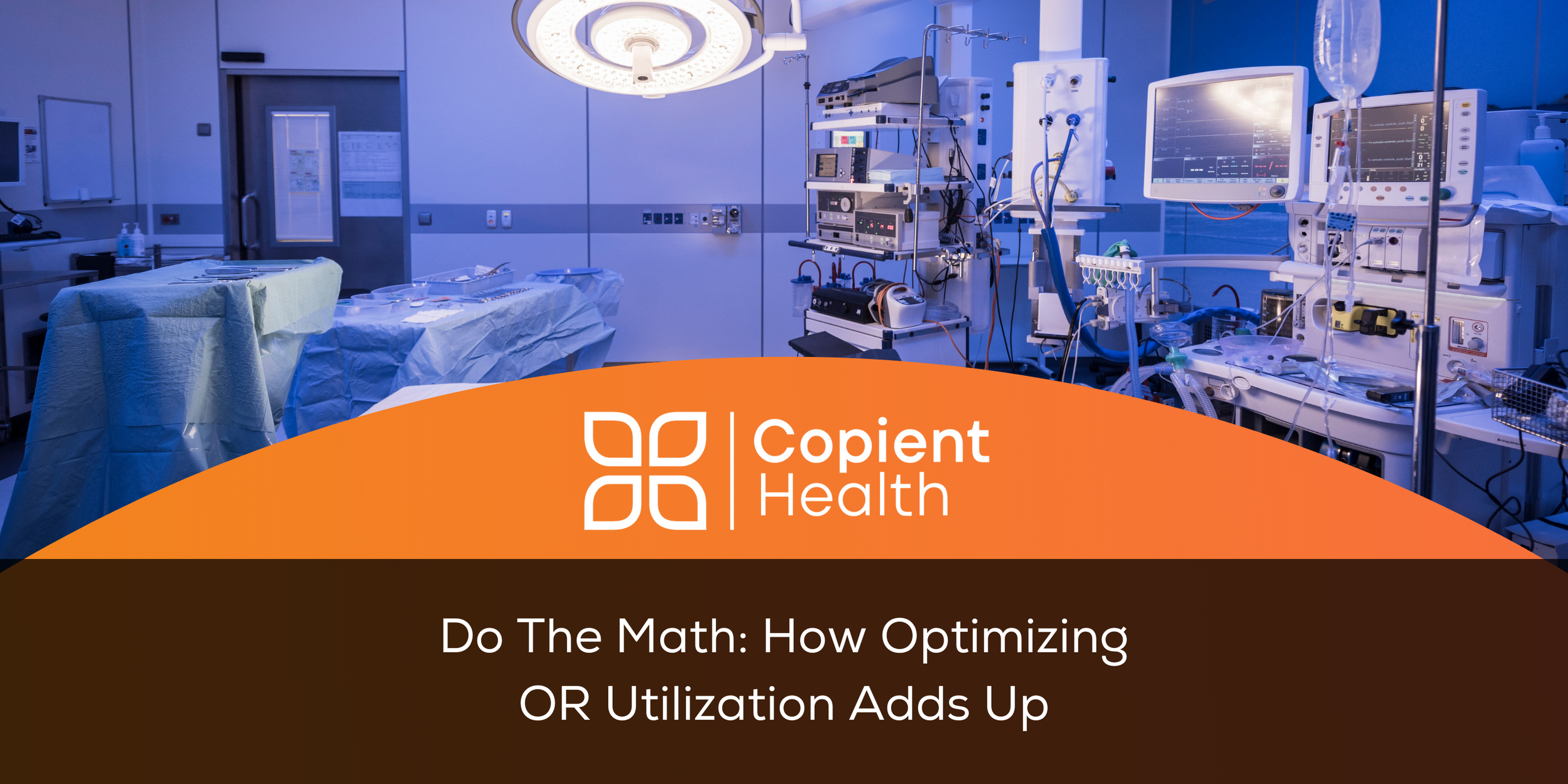How AI is Revolutionizing Operating Room Utilization for Enhanced Efficiency and Profitability

In the rapidly growing environment of ambulatory surgery centers (ASCs) and surgical hospitals, operating room (OR) utilization is a critical determinant of financial health and, ultimately, patient satisfaction. As a result, leaders in these facilities must constantly seek ways to optimize surgery block time utilization to maximize contribution margin and increase patient throughput. Artificial Intelligence (AI) stands at the forefront of this revolution, offering transformative solutions that promise to reshape how we approach OR scheduling and utilization.
The Current Challenge in OR Utilization
Traditionally, managing OR block time has been a complex task fraught with inefficiencies. Underutilized blocks lead to lost revenue opportunities while overbooking can result in staff overtime costs and decreased quality of care due to rushed procedures. Moreover, unpredictable cancellations and no-shows exacerbate the problem, leaving valuable OR time unused.
AI: A Game-Changer for Surgery Block Optimization
Enter AI — a powerful tool that leverages data analytics and machine learning to predict and optimize OR block utilization. By analyzing historical data on surgeries, patient flows, and individual surgeon performance, AI algorithms can forecast demand more accurately and allocate resources more effectively. AI can also help leaders dig deeper into their data to find additional areas for improvement.
Predictive Analytics for Demand Forecasting
AI systems can process vast amounts of data to identify patterns of block utilization and predict future OR utilization improvement opportunities. This predictive capability allows for proactive adjustments to surgery block schedules, ensuring that OR time is allocated to the highest-margin procedures without compromising patient care.
Dynamic Scheduling for Maximum Efficiency
Dynamic block scheduling is another area where AI excels. By continuously analyzing real-time data, AI can suggest schedule modifications to accommodate emergency cases, handle cancellations, and fill vacant slots with patients on waiting lists, thus improving overall OR efficiency.
Enhancing Contribution Margin with AI-Driven Insights
Optimizing OR block utilization directly impacts OR contribution margin. With AI, high-value procedures can be prioritized, and resource allocation can be fine-tuned to reduce waste. This results in a more profitable use of OR time and resources, enabling ASCs and surgical hospitals to maximize their facilities, technology, and staff investments.
Cost Reduction through Efficient Resource Management
AI helps identify the optimal mix of cases and manage staffing levels accordingly. This reduces unnecessary labor costs and ensures that high-cost resources are reserved for when they're truly needed.
Revenue Maximization by Reducing Downtime
By minimizing OR downtime and ensuring that each slot is used for the most appropriate procedure, AI aids in maximizing revenue. This not only improves the bottom line but also increases the number of patients served, enhancing the facility's reputation and competitive edge.
Improving Patient Outcomes and Satisfaction
An often-overlooked benefit of AI in OR scheduling is the potential for improved patient outcomes and satisfaction. Faster scheduling and reduced wait times lead to better patient experiences, while optimized OR utilization allows for more focused and unhurried surgical teams, which can improve clinical outcomes.
Streamlined Preoperative Processes
AI can also streamline preoperative processes by predicting patient no-shows and cancellations, allowing for better preparation and reducing last-minute scrambles that can lead to delays and frustration.
Conclusion
Integrating AI into OR block scheduling and utilization is not just a futuristic concept but a present-day reality reshaping the operational landscape of ASCs and surgical hospitals. By harnessing the power of AI, leaders in these facilities can ensure that surgery block time is utilized to its fullest potential, leading to maximized contribution margins, increased patient throughput, and ultimately enhanced patient care.
As we continue to navigate the complexities of healthcare delivery, embracing AI as a strategic tool in OR management will be pivotal in achieving operational excellence and securing a competitive advantage in the ever-evolving healthcare industry.


